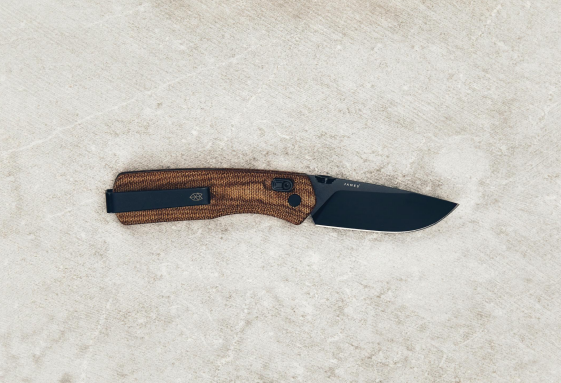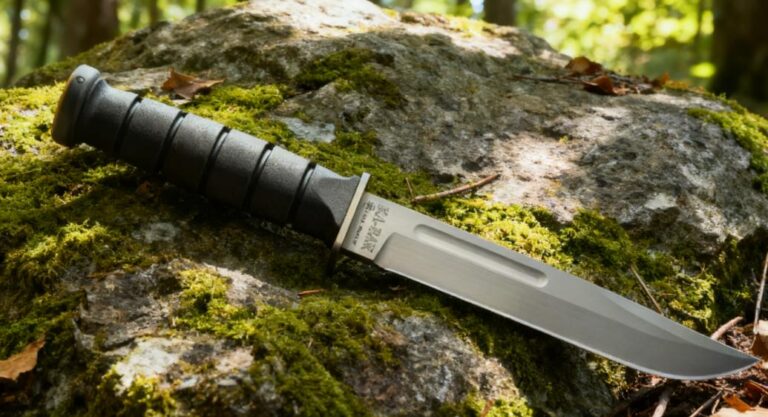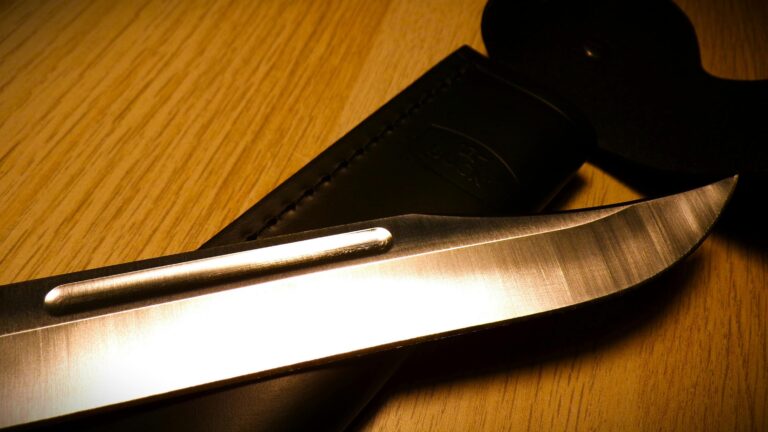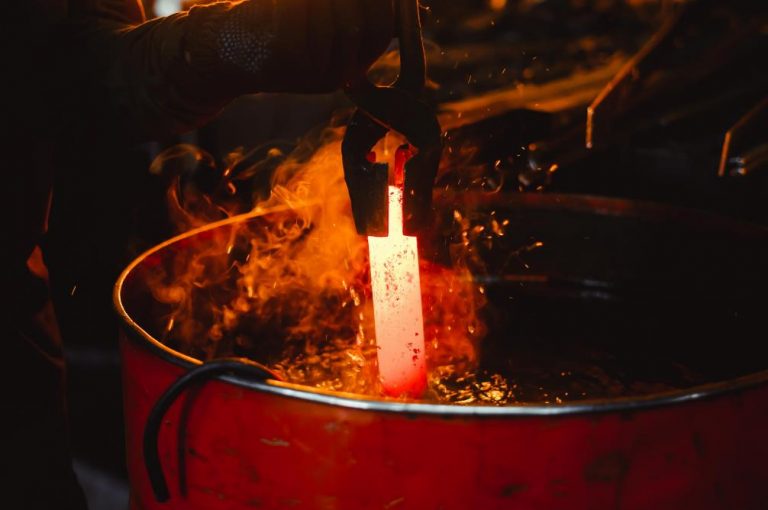If you aim to boost your knife sales, a solid understanding of blade shapes is crucial. Among them, the drop point blade shines brightly. It’s celebrated for its robust tip, expansive cutting area, and remarkable versatility, making it a go-to option for both everyday carry (EDC) and hunting knives. This all-in-one design is a magnet for customers seeking a single blade that can handle diverse tasks.
As a seller, being well-versed in the drop point’s popularity can be a game-changer. It allows you to match the right products to your customers’ needs, ultimately driving sales. Let’s now delve deeper into why this blade is an excellent addition to your inventory.
What Is A Drop Point Knife?
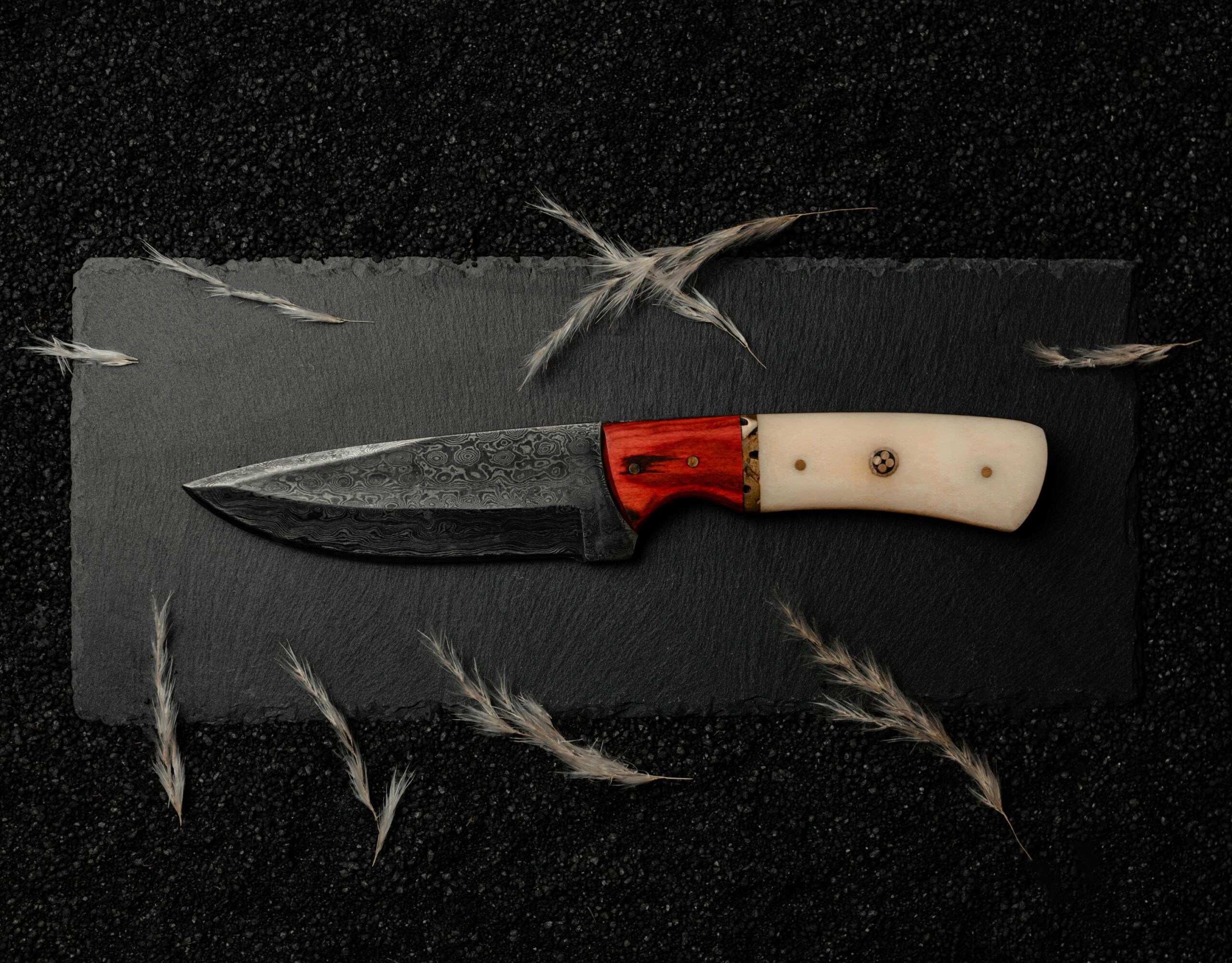
A drop point knife is easily recognizable by its gently sloping spine, which curves from the handle down to the tip, resulting in a lower, more controllable point. The large, curved “belly” along the edge is a boon for slicing, and the centered tip ensures stability and strength during use.
These knives are highly sought-after in hunting, food preparation, and EDC scenarios. Their design minimizes the risk of accidental punctures during tasks like skinning, and their adaptability makes them suitable for daily chores. Available in both fixed and folding forms, drop point knives are prized for their reliability.
Buy Wholesale Knives and Start Scaling up with Us Today
Contact us and connect with a sales rep to get a free quote.
History
The drop point blade traces its roots back to Scandinavian cultures, where early iterations were crafted from materials like flint and obsidian. As metalworking techniques advanced, these knives evolved, incorporating copper, bronze, and iron for enhanced strength and precision.
Fast forward to the 1960s, when custom knifemaker Bob Loveless played a pivotal role in popularizing the modern drop point design for hunting knives. His innovations solidified its position in the knife-making community.
Thanks to its enduring reliability and simple yet effective design, the drop point blade has remained in high demand.
Drop Point Knife Design – Key Features
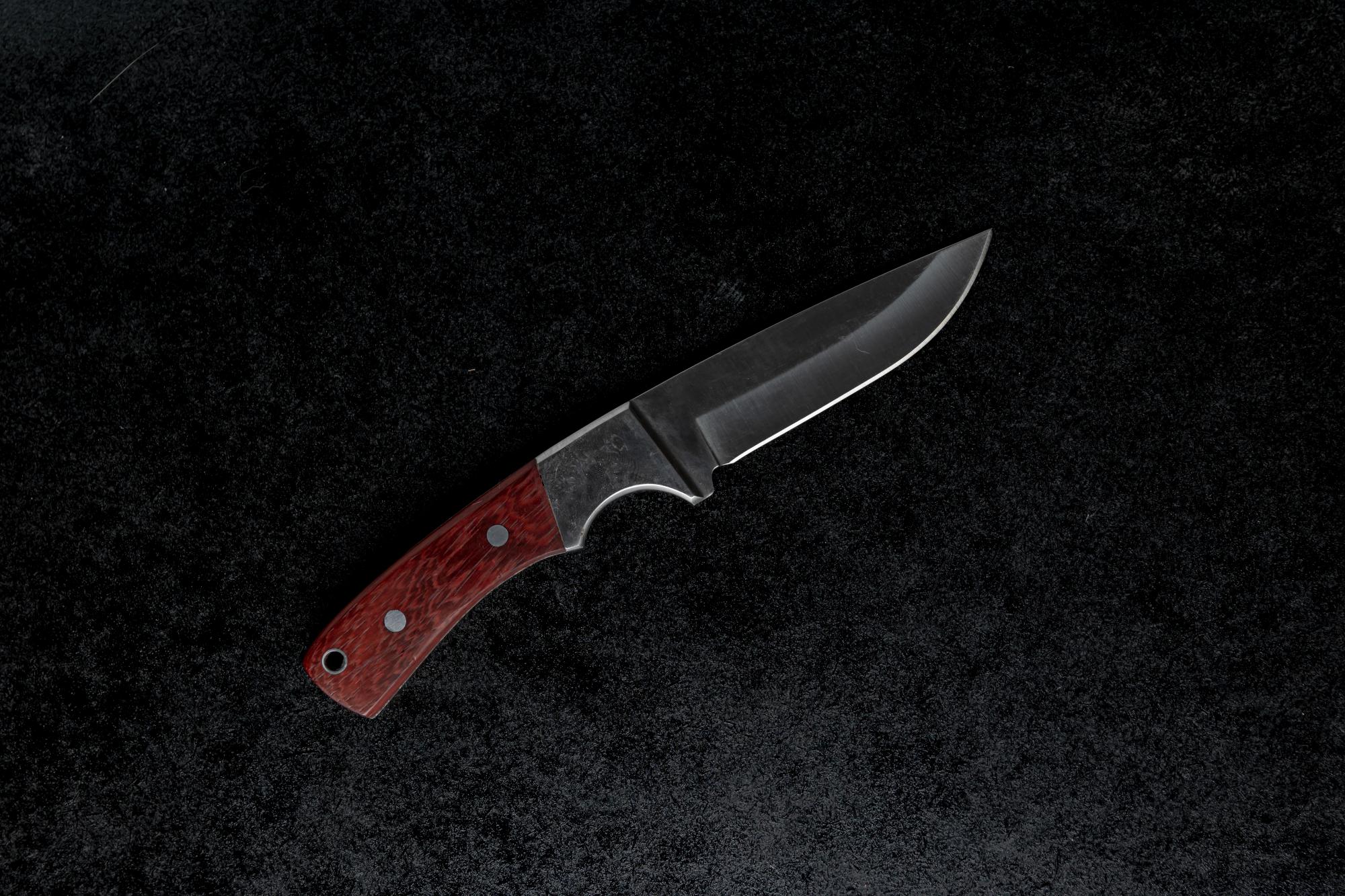
Sloping Spine
The convex curve of the spine, running from the handle to the tip, significantly improves control during slicing. This design also reduces the likelihood of accidental punctures, making it safer for various applications. Different blade grinds, such as flat or hollow, can be applied to suit specific tasks.
Strong Tip
The drop point blade’s tip is reinforced by the thickened spine, making it highly resistant to breakage. This strength is invaluable for prying, whether it’s opening a tough package or working on wood.
Buy Wholesale Knives and Start Scaling up with Us Today
Contact us and connect with a sales rep to get a free quote.
Versatile Belly
The prominent, curved belly of the drop point blade provides an extensive cutting surface. This allows for smooth, controlled slices, making it a favorite for hunters, campers, and those needing a reliable EDC tool. It’s particularly well-suited for skinning game without causing damage to the meat or hide.
Robust Construction
Constructed from high-quality materials like high-carbon or stainless steel, drop point knives offer excellent edge retention and corrosion resistance. Handles made of materials such as G-10 or micarta enhance grip and durability. Full tang designs further contribute to the knife’s robustness, ensuring it can withstand heavy use.
What Is A Drop Point Knife Best For?
Hunting
The curved belly of the drop point knife is ideal for skinning and slicing game, ensuring clean cuts and preserving the quality of the meat and hide. The strong, controllable tip minimizes the risk of accidental punctures during field dressing, making it a standard choice for hunting deer, elk, and other large game.
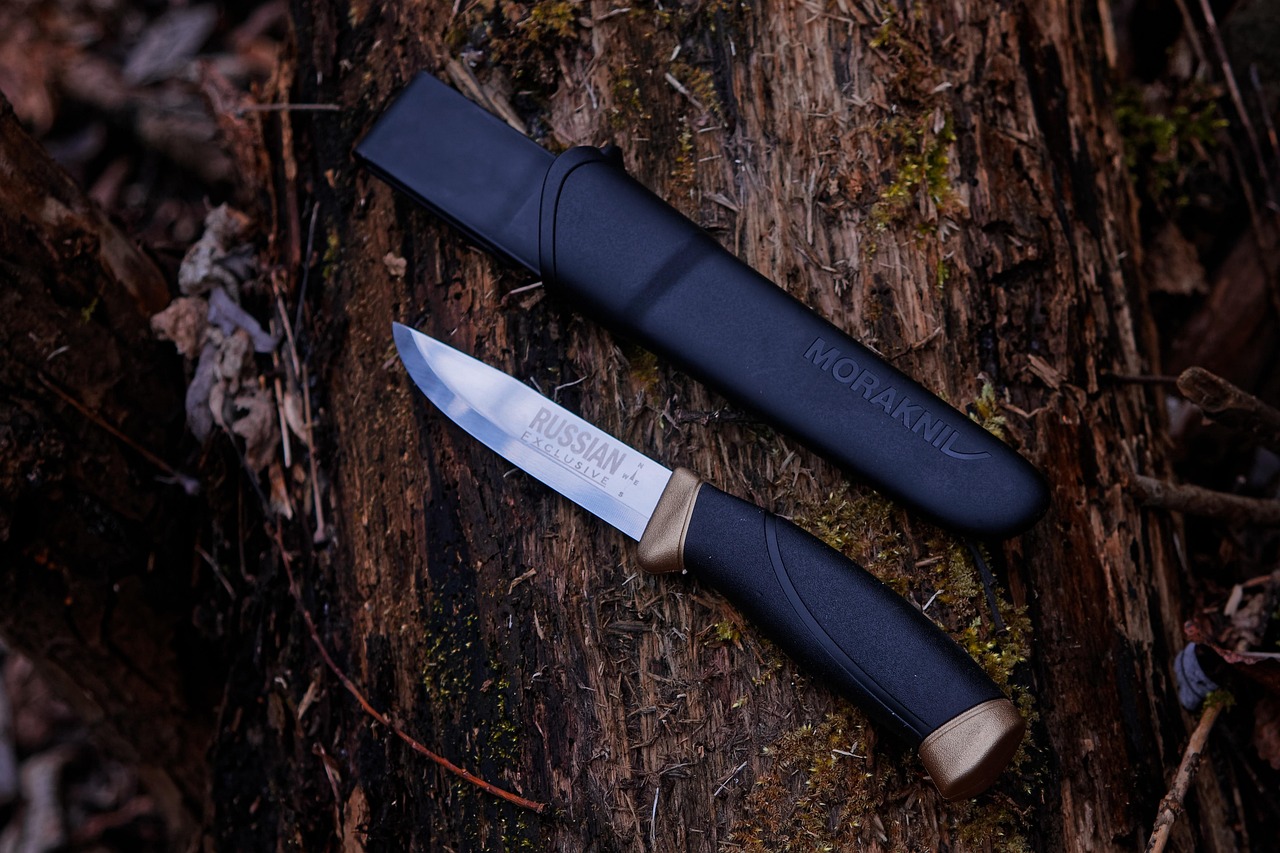
Tactical/Survival
In tactical and survival situations, the reinforced tip of the drop point knife can withstand prying, stabbing, and even digging. Law enforcement and military personnel often prefer this blade shape for its durability and reliability in harsh conditions.
EDC
For everyday carry, the drop point knife’s versatility is unbeatable. It can handle common tasks like opening boxes, preparing food, or cutting rope with ease. Its unassuming design and straightforward maintenance make it a top pick for EDC.
Buy Wholesale Knives and Start Scaling up with Us Today
Contact us and connect with a sales rep to get a free quote.
Drop point vs other blade shapes
| Blade Type | Core Design Trait | Pros | Cons | Best For |
| Drop Point | Lowered, thickened tip with curved “belly” edge | Balances strength (tip) and slicing efficiency | Less effective for extreme piercing tasks | Hunting, EDC, all-around outdoor use |
| Tanto | Angular, sharp-tipped with flat grind | Superior piercing power for hard materials | Poor slicing due to limited edge curve | Tactical use, breaking through tough surfaces |
| Clip Point | Thin, pointed tip with clipped spine | Precise for detailed light work | Fragile tip prone to chipping in heavy use | Small game hunting, delicate precision tasks |
| Spear Point | Symmetrical, needle-like double-edged tip | Aesthetic symmetry and light piercing ability | Weak in durability for rough tasks | Collecting, decorative use, light piercing |
Is a Drop Point Knife Right for You?
Drop point blades are the epitome of durability, with their strong tips and curved spines, and versatility, courtesy of their large bellies for efficient slicing. Whether it’s for hunting, EDC, or tactical purposes, their design strikes the perfect balance between strength and precision. When it comes to reliable, user-friendly knives, drop points are consistently top sellers.
For sellers who want to source from China, you can easily request a quote to get started with wholesale or OEM knife options. This step can help grow your product range and meet your business needs.
Frequently Asked Questions
Why choose a drop point for EDC?
Drop points are popular for EDC due to their strength, ease of sharpening, and adaptability to daily tasks. Many EDC models also incorporate ceramic bearings for smooth blade deployment.
Is drop point better than clip point for hunting?
For big game, yes. The drop point’s stronger tip and smoother belly reduce mistakes during gutting and skinning.
Can drop point knives be sharpened easily?
Yes—their simple, continuous edge is beginner-friendly to sharpen with a stone or sharpener.
